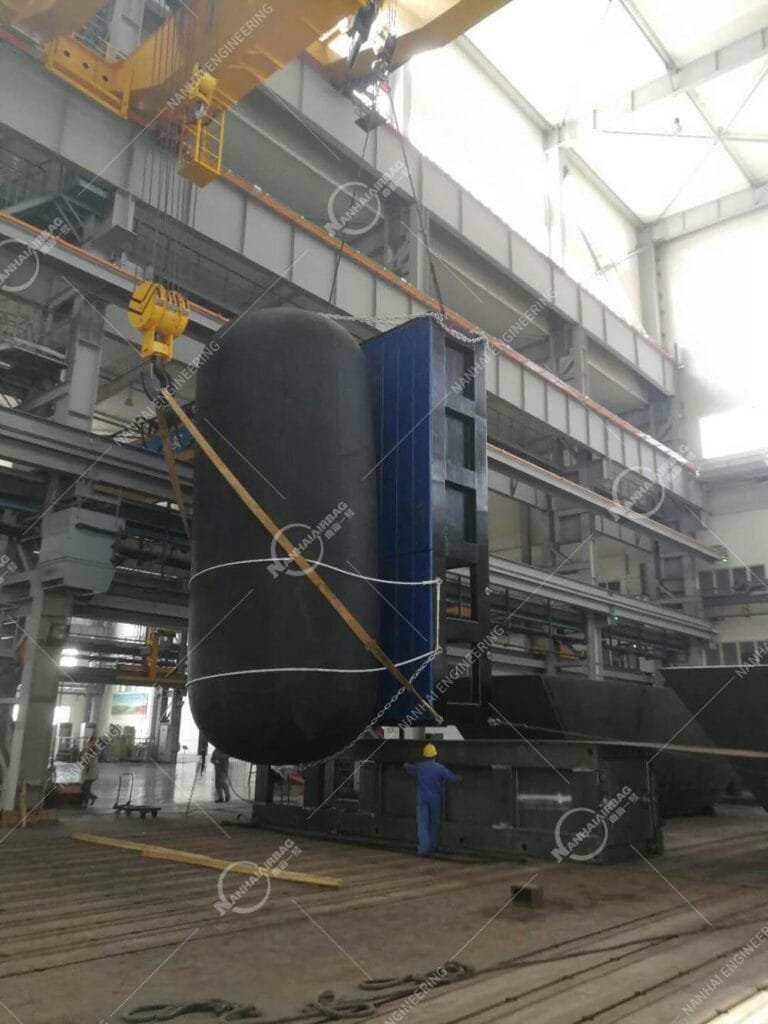Hydro-Pneumatic Fenders
02/10/2025Applications of Hydro-Pneumatic Fenders
02/12/2025Maintaining Hydro-Pneumatic Fenders

Maintaining hydro-pneumatic fenders requires a combination of pneumatic and hydraulic maintenance procedures. Here’s what should be done to ensure they continue performing well:
- Regular Inspections:
- Perform visual inspections for signs of wear, damage, or contamination in both the pneumatic and hydraulic chambers.
- Check for any air leaks or pressure loss in the pneumatic section and ensure the hydraulic fluid is clean and at the correct level.
- Pressure Monitoring:
- Monitor the pressure in both the pneumatic and hydraulic sections regularly to ensure they are at the recommended levels.
- Use a calibrated pressure gauge for the pneumatic chamber and a pressure monitoring system for the hydraulic section.
- Cleaning:
- Clean the fender’s external surface regularly to remove saltwater, dirt, and debris.
- Ensure that the hydraulic fluid remains free from contaminants such as dirt, moisture, or air, as this can affect the fender’s performance.
- Lubrication of Hydraulic Components:
- Lubricate any moving parts within the hydraulic section to prevent corrosion and ensure smooth operation.
- Check for any signs of leakage in hydraulic lines, seals, or valves.
- Inflation and Deflation Checks:
- Check for proper inflation and deflation of the pneumatic section. Under or over-inflation can compromise the fender’s shock absorption abilities.
- Repairs:
- Any damage to the pneumatic bladder or hydraulic components should be addressed promptly. Small punctures or leaks in the pneumatic chamber can typically be repaired with a patch kit, while hydraulic leaks may require professional servicing.
- Periodic Professional Inspection:
- It’s advisable to have professional technicians inspect and maintain hydro-pneumatic fenders annually. Specialized equipment may be needed to ensure the hydraulic and pneumatic components are functioning optimally.
